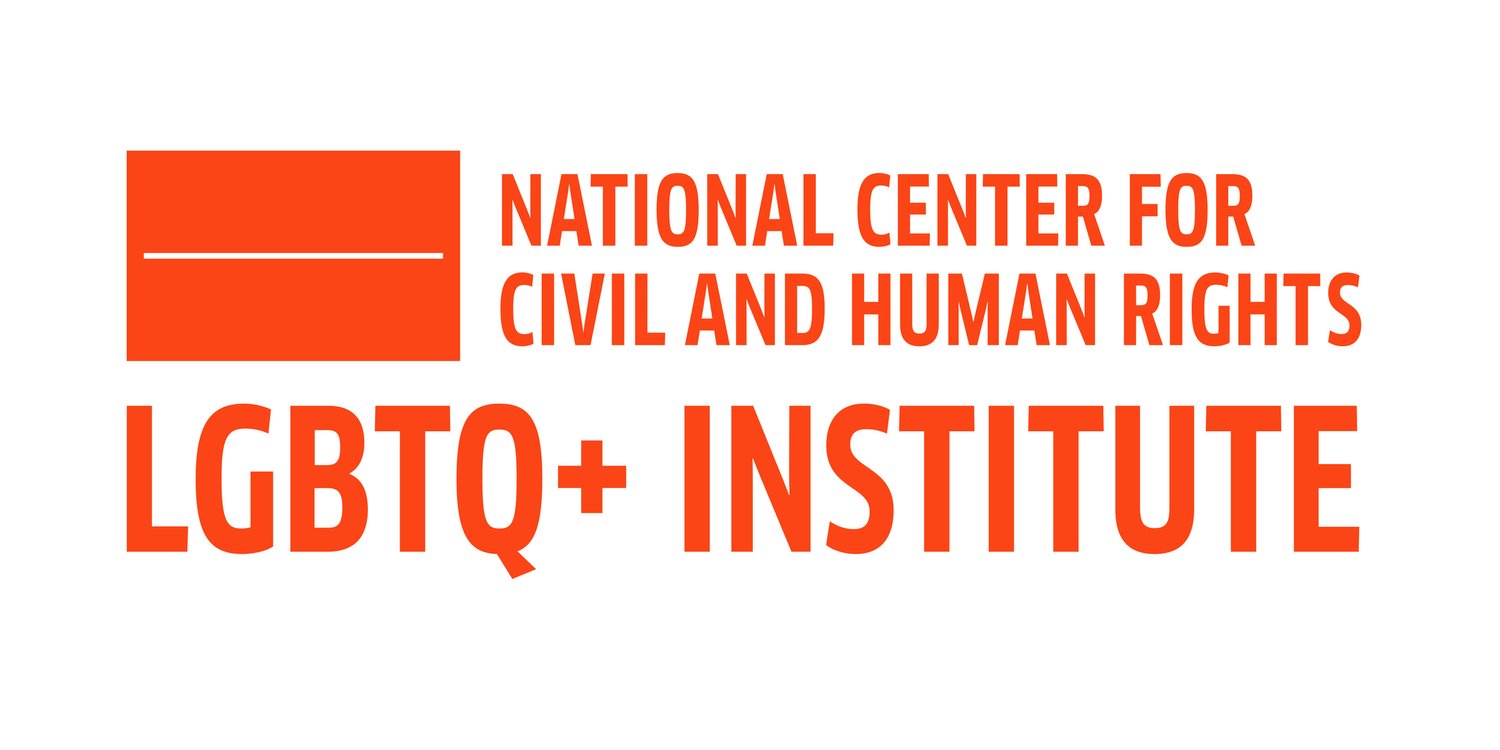By Matt Pearce for The LA Times
The last great LGBT rights battle was fought over marriage. The next one might be over bathrooms, whether activists like it or not.
Across the country, LGBT advocates and conservatives are battling over transgender nondiscrimination laws that have again and again turned into single-issue showdowns over access to bathrooms and locker rooms.
The same story has played out in statehouses, at city councils and before school boards. Supporters say the nondiscrimination laws should provide transgender Americans protections in employment, housing and public accommodations. Opponents counter that a transgender woman shouldn't go into a women's restroom.
The implications are sometimes broader than restroom use. Polls showed that Houston voters threw out an entire LGBT nondiscrimination ordinance in November because of bathroom fears. North Carolina lawmakers are deciding whether to override similar protections passed by the Charlotte City Council in February.
With lawmakers introducing more than two dozen bills around the country limiting transgender bathroom use this year, here's a guide to the issue:
What's the big picture?
In the U.S., 52% of the lesbian, gay, bisexual and transgender population lives in cities or states that allow discrimination in employment, housing or public accommodations, according to the advocacy group GLAAD. That means without the protections afforded to race or gender, you can potentially be fired or denied services for being gay, lesbian or transgender.
Although acceptance of gays and lesbians has grown tremendously in recent years, advocates say transgender people face wide-ranging discrimination in public life, to the point that even a trip to a public bathroom can be uncomfortable or dangerous.
Seventy percent of transgender people surveyed in Washington, D.C., said they had been attacked, threatened or denied access to a bathroom, according to research published in the Journal of Public Management and Social Policy in 2013.
"I don't look proper in the men's room," Roberta Dunn, 71, a Charlotte, N.C.-area transgender woman and advocate told The Times last week. "Young boys would look at me. Men, they'd be like, 'What are you doing in here?' ... I am a woman. I feel that I've been a woman since I was 5 or 6 years old, and [the women's room is] where I belong."
What do conservatives say?
Opponents of LGBT nondiscrimination laws often cite a right to privacy and a need to protect children in bathrooms and locker rooms, while sometimes painting transgender women as potential pedophiles.
Some opponents say such laws would allow men to simply say they are women and walk into women's facilities, which LGBT supporters say would still not be allowed.
"We all value comfort in locker rooms and showers. But we can't choose the comfort of one group over the safety and privacy of another," a Washington state group, Just Want Privacy, says on its website, which pushes for a bathroom exception to the state's transgender protection law "to protect women and children from this dangerous rule."
The Alliance Defending Freedom — a nonprofit that defended California's Proposition 8same-sex marriage ban in court — has written model legislation for schools that would require transgender students to use the bathrooms and locker rooms that match their gender at birth. (Though the definition of transgender is fluid, it generally refers to someone whose "internal gender identity does not match the sex they were assigned at birth," according to GLAAD.)
"Students have the fundamental right to bodily privacy and that right is clearly violated when students — much less kindergartners as young as 5 years old — are forced into situations where members of the opposite sex may view their partially or fully unclothed bodies," the organization said in a 2014 letter to schools nationwide.
How has the debate been settled before?
In California, the argument is over.
Gov. Jerry Brown signed a bill in 2013 that allowed students to play on sports teams and use the facilities that match their gender identities, the first state law of its kind. The Los Angeles Unified School District has had a similar policy since 2005.
Judy Chiasson, a coordinator in the school district's human relations, diversity and equity office, said she never received any complaints until the state law went into effect in 2014 — and "most of those people who called did not have children in our schools."
Lawmakers in several states have recently introduced bills that would specifically limit transgender bathroom use, and potentially lead to court battles, because the Obama administration has said that Title IX's ban against sex discrimination in schools includes gender identity.
In one conservative state, South Dakota, the governor on Tuesday vetoed a bill that would have required transgender students to use restrooms and gym facilities that match their gender at birth. It would have been the first such state law in the country.
Gov. Dennis Daugaard, who had been pressured by the American Civil Liberties Union and transgender celebrities such as Caitlyn Jenner, said the ban did not "address any pressing issue concerning the school districts of South Dakota" and "broadly regulates in a manner that invites conflict and litigation."
Daugaard offered a conservative argument for rejecting the ban.
"We often recite that the best government is the government closest to the people," Daugaard wrote in his veto notice. "Local school districts can, and have, made necessary restroom and locker room accommodations that serve the best interests of all students, regardless of biological sex or gender identity."
The LAUSD's Chiasson said she sometimes gets questions about how it's supposed to work — transgender people using bathrooms.
Chiasson said she wants to tell them that it already happens.
"If you have ever used the restroom in a large facility" — at the movies, a mall or a sporting event — "I guarantee you've used the restroom with somebody who's transgender," she said.
